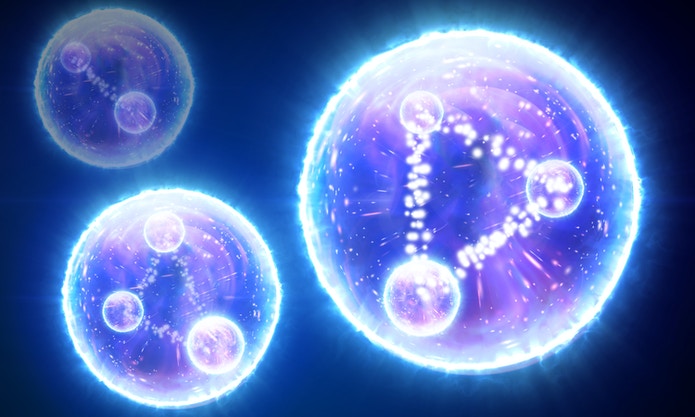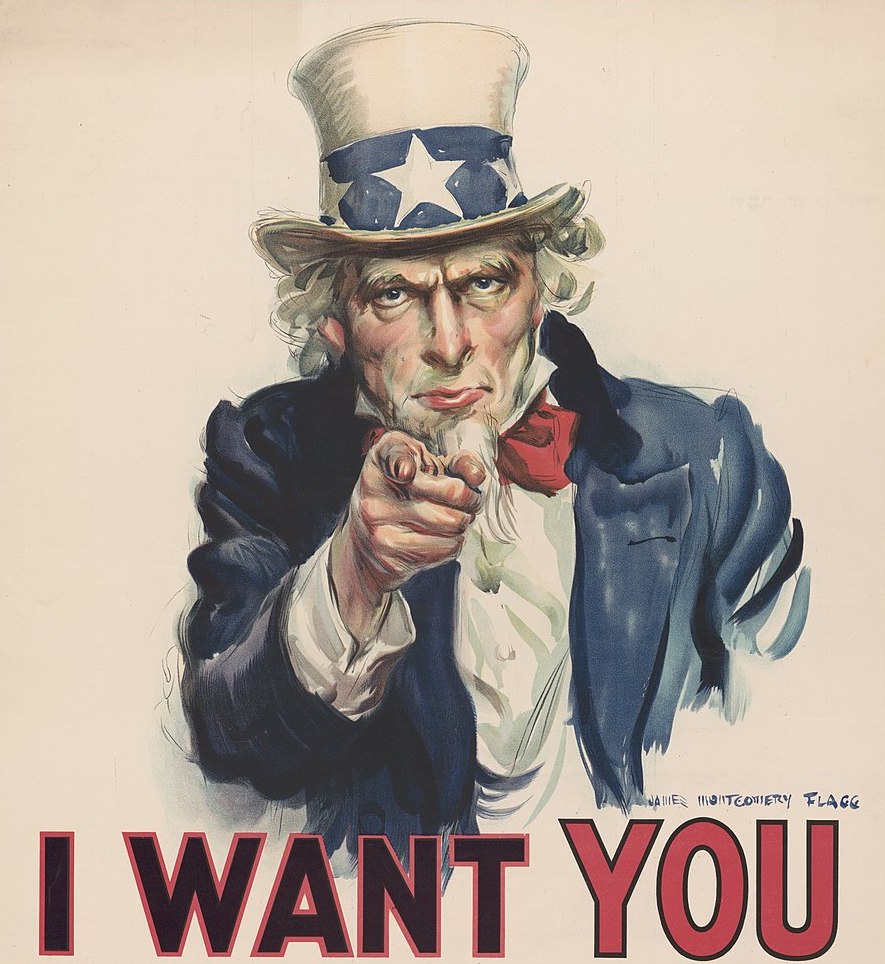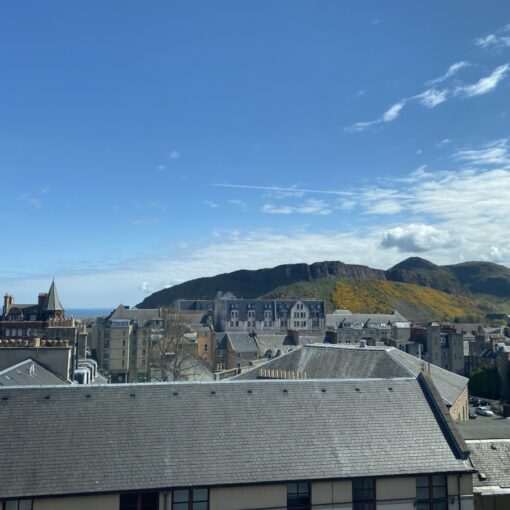This is the schedule for the first week of the GCS2022 conference and school. Videos are available at https://pirsa.org/C22008.
Schedule
(All times are in Eastern Daylight Time}
Monday, June 6
9:30-9:45: Welcome and opening remarks
9:45-10:45: Justin Kaidi — Non-Invertible Symmetries in d>2
10:45-11:45: Coffee break
11:45-12:45: Andrei Okounkov — Monodromy and derived equivalences
12:45-14:00: Lunch
14:00-15:00: Emily Nardoni — Lessons from SU(N) Seiberg-Witten Geometry
15:00-15:45: Coffee break
15:45-16:45: Kevin Costello — Vertex algebras and self-dual Yang-Mills theory
Tuesday, June 7
9:00-10:00: Shu-Heng Shao — Non-invertible Global Symmetries in the Standard Model
10:00-10:45: Coffee break
10:45-11:45: Pavel Etingof — Analytic Langlands correspondence over C and R
11:45-12:00: Short break
12:00-13:00: Colleen Delaney — Hopf algebras play an analogous role in some topological and non-topological QFTs
13:00-14:45: Lunch
14:45-17:00: Gong show
17:00-18:00: Reception
Wednesday, June 8
9:00-10:00: Cris Negron — A (kind of) monoidal localization theorem for the small quantum group
10:00-11:00: Coffee break
11:00-12:00: Iñaki García-Etxebarria — Symmetries from string theory
12:00-14:00: Lunch
14:00-15:00: Nathan Seiberg (Colloquium) — Quantum Field Theory, Separation of Scales, and Beyond
15:00-16:00: Coffee break
Thursday, June 9
9:00-10:00: André Henriques — All unitary 2D QFTs share the same state space
10:00-10:45: Coffee break
10:45-11:45: Mina Aganagic — Knot categorification from homological mirror symmetry
11:45-12:00: Short break
12:00-13:00 David Reutter — Higher S-matrices and higher modular categories
13:00-14:45: Lunch
14:45-15:45: Federico Bonetti — ’t Hooft anomalies of QFTs realized in string theory
15:45-16:30: Coffee break
Friday, June 10
9:00-10:00: Sakura Schäfer-Nameki — Non-Invertible Higher-Categorical Symmetries
10:00-10:45: Coffee break
10:45-11:45: Thomas Dumitrescu — Line Defect Quantum Numbers and Anomalies
11:45-12:00: Short break
12:00-13:00: Tudor Dimofte — TQFT’s and flat connections
13-14:45: Lunch
14:45-16:00: Posters and goodbyes
Abstracts
Aganagic: Knot categorification from homological mirror symmetry
Khovanov showed in ‘99 that the Jones polynomial arises as the Euler characteristic of a homology theory. The knot categorification problem is to find a general construction of knot homology groups and to explain their meaning: what are they homologies of?
Homological mirror symmetry, formulated by Kontsevich in ’94, naturally produces hosts of homological invariants. Sometimes, it can be made manifest, and then its striking mathematical power comes to fore. Typically though, it leads to invariants which have no particular interest outside of the problem at hand.
I will explain that there is a vast new family of mirror pairs of manifolds for which homological mirror symmetry does lead to interesting invariants, and solves the knot categorification problem.
Federico Bonetti: ’t Hooft anomalies of QFTs realized in string theory
String theory constructions allow one to realize vast classes of non-trivial quantum field theories (QFTs), including many strongly coupled models that elude a conventional Lagrangian description. ’t Hooft anomalies for global symmetries are robust observables that are particularly well-suited to explore QFTs realized in string theory. In this talk, I will discuss systematic methods to compute anomalies of theories engineered with branes, using as input the geometry and flux configuration transverse to the non-compact directions of the branes worldvolume. Examples from M-theory and Type IIB string theory illustrate the versatility of this approach, which can capture both ordinary and generalized symmetries, continuous or discrete.
Costello: Vertex algebras and self-dual Yang-Mills theory
I’ll discuss a vertex algebra whose correlators are scattering amplitudes (and form factors) of self-dual Yang-Mills theory, for certain gauge groups and matter. The vertex algebra is a kind of vertex quantum group, and is a cousin of the affine Yangian. This is joint work with Natalie Paquette.
Delaney: Hopf algebras play an analogous role in some topological and non-topological QFTs
A frequent theme in mathematical approaches to quantum field theory is being able to draw intuitive but rigorous pictures of particle interactions. For example, in theories like QED and QCD, Feynman diagrams can be organized into a Hopf algebra structure in such a way that models renormalization of Feynman integrals. One can draw an analogy with the role of Hopf algebras in (2+1)D topological quantum field theory, where in this second setting one can think of certain string diagrams as Feynman diagrams whose Witten-Reshetikhin-Turaev amplitudes are encoded by the representation theory of some (weak) Hopf algebra. This talk is intended to (1) be accessible to both mathematicians and physicians, (2) invite a dialogue about the meaningfulness of this analogy and (3) serve as an aperitif to the later talks.
Dimofte: TQFT’s and flat connections
I will discuss some of the (higher) structure of TQFT’s that can be deformed by flat connections for continuous global symmetries, focusing on examples coming from twists of 3d supersymmetric theories, and the manifestation of this structure in boundary VOA’s.
Dumitrescu: Line Defect Quantum Numbers and Anomalies
I will consider four-dimensional gauge theories whose global symmetries admit certain discrete ’t Hooft anomalies that are intimately related to the (fractionalized) global-symmetry quantum numbers of Wilson-’t Hooft line defects in the theory. Determining these quantum numbers is typically straightforward for Wilson lines, but requires a careful analysis of fermion zero modes for ’t Hooft lines, which I will describe for several classes of examples. This in turn leads to a calculation of the anomaly. Along the way I will comment on how this understanding relates to some classic and recent examples in the literature.
Etingof: Analytic Langlands correspondence over C and R
I will review the analytic component of the geometric Langlands correspondence, developed recently in my joint work with E. Frenkel and D. Kazhdan (based on previous works by other authors, including A. Braverman, R. Langlands, J. Teschner, M. Kontsevich), with a special focus on archimedian local fields, especially R. This is based on our work with E. Frenkel and D. Kazhdan and insights shared by D. Gaiotto and E. Witten.
García-Etxebaria: Symmetries from string theory
It is possible to construct interesting field theories by placing string theory on suitable singular geometries, and adding branes. In the fairly special cases where Lagrangians are known for the resulting theories, field theory arguments often show that these theories have generalised symmetry structures. In this talk I will review recent work developing a dictionary, valid even in the absence of a known Lagrangian description, between properties of the string theory geometry and generalised symmetries of the associated field theories.
Henriques: All unitary 2D QFTs share the same state space
A unitary 1d QFT consists of a Hilbert space and a Hamiltonian. A group acting on a 1d QFT is a group acting on the Hilbert space, commuting with the Hamiltonian. Note that the *data* of an action only involves the Hilbert space. The Hamiltonian is only there to provide a constraint. Moreover, all 1d QFT have isomorphic Hilbert spaces (except in special cases, e.g. in the case of a 1d TQFT, when the Hilbert space is finite dimensional).
A unitary 2d QFT consists of the 0-dimensional and 1-dimensional part of the QFT, along with the data of the Stress-energy tensor. An action of a fusion category on a 2d QFT is again something where the *data* only involves the 0-dimensional and 1-dimensional part of the QFT, while the Stress-energy tensor is only there to provide a constraint. The upshot is that it makes sense to act on the 0-dimensional and 1-dimensional part of the QFT. Moreover, I conjecture that all 2d QFTs have isomorphic 0-dimensional + 1-dimensional parts (except in special cases, e.g. in the case of a chiral CFT).
Kaidi: Non-Invertible Symmetries in d>2
In this talk I will review some recent progress in the study of non-invertible symmetries in dimensions d>2. After introducing known constructions and describing how they lead to constraints on RG flows, I will discuss how non-invertible symmetries can also be used to obtain new RG flows. This involves the notion of “non-invertible twisted compactification,” which can be used to construct e.g. novel 3d N=6 theories from 4d N=4 SYM. Finally, I will describe upcoming work in which we give a partial criterion for determining whether a given non-invertible symmetry is “intrinsically non-invertible”, or whether it can be recast (in an appropriate sense) as a standard invertible symmetry with an anomaly.
Okounkov: Monodromy and derived equivalences
This will be an introductory discussion of our joint work with Roman Bezrukavnikov. Given a symplectic resolution X, one may study its Gromov-Witten theory and the monodromy group of the curve-counting functions in the Kähler variables. There is also a large group of derived autoequivalences of X coming from its quantization in large prime characteristic, as studied by Bezrukavnikov and collaborators. Conjecturally, the action of the latter group on K(X) is identified with the former group, and we prove this for many X.
Nardoni: Lessons from SU(N) Seiberg-Witten Geometry
Motivated by applications to soft supersymmetry breaking, we revisit the Seiberg-Witten solution for N=2 super Yang-Mills theory in four dimensions with gauge group SU(N). We present a simple exact Taylor series expansion for the periods obtained at the origin of moduli space, thereby generalizing earlier results for SU(2) and SU(3). With the help of these analytic results and others, we analyze the global structure of the Kahler potential, presenting evidence for a conjecture that the unique global minimum is the curve at the origin of moduli space.
Two applications of these results are considered. Firstly, we analyze candidate walls of marginal stability of BPS states on special slices for which the expansions of the periods simplify. Secondly, we consider soft supersymmetry breaking of the N=2 theory to non-supersymmetric four-dimensional SU(N) gauge theory with two massless adjoint Weyl fermions (“adjoint QCD”). The Seiberg-Witten Kahler potential and strong coupling spectrum play a crucial role in this analysis, which ultimately leads to an exploration of the adjoint QCD phase diagram.
Negron: A (kind of) monoidal localization theorem for the small quantum group
I will talk about a monoidal localization theorem for the small quantum group u_q(G), where G is a reductive algebraic group and q is a root of unity. In joint work with Julia Pevtsova, we show that the category of representations for u_q(G) admits a fully faithful tensor embedding into the category of coherent sheaves over a “quantum” flag variety. This quantum flag variety is, essentially, some finitely fibered space over the classical flag variety G/B. I will explain how this embedding theorem codifies certain relationships between the small quantum group and its quantum Borels.
Reutter: Higher S-matrices and higher modular categories
Every braided fusion category has a `framed S-matrix pairing’ which records the braiding between simple objects. Non-degeneracy/Morita invertibility of the category (aka `modularity’ in the oriented case) is equivalent to non-degeneracy of this pairing. I will define higher-dimensional versions of S-matrices which pair morphisms of complementary dimension in higher semisimple categories and sketch a proof that these pairings are non-degenerate if and only if the higher category is. Along the way, I will introduce higher semisimple categories and higher fusion categories and interpret these results in terms of the associated anomalous topological quantum field theories. This is based on joint work in progress with Theo Johnson-Freyd.
Schafer-Nameki: Non-Invertible Higher-Categorical Symmetries
I will discuss a proposal for generating non-invertible symmetries in QFTs in d>2, by gauging outer automorphisms. First this will be illustrated in 3d, where the framework is relatively well established, and then extended to higher dimensions. For 4d gauge theories, a comparison to other approaches to non-invertible symmetries is provided, in particular the map to gauging theories with mixed anomalies. This talk is based on work that appeared in 2204.06564 and in progress, with Lakshya Bharwaj (Oxford), Lea Bottini (Oxford) and Apoov Tiwari (Stockholm).
Seiberg: Quantum Field Theory, Separation of Scales, and Beyond
We will review the role of Quantum Field Theory (QFT) in modern physics. We will highlight how QFT uses a reductionist perspective as a powerful quantitative tool relating phenomena at different length and energy scales. We will then discuss various examples motivated by string theory and lattice models that challenge this separation of scales and seem outside the standard framework of QFT. These lattice models include theories of fractons and other exotic systems.
Shao: Non-invertible Global Symmetries in the Standard Model
We identify infinitely many non-invertible generalized global symmetries in QED and QCD for the real world in the massless limit. In QED, while there is no conserved Noether current for the axial symmetry because of the ABJ anomaly, for every rational angle, we construct a conserved and gauge-invariant topological symmetry operator. Intuitively, it is a composition of the axial rotation and a fractional quantum Hall state coupled to the electromagnetic U(1) gauge field. These conserved symmetry operators do not obey a group multiplication law, but a non-invertible fusion algebra over TQFT coefficients. These non-invertible symmetries lead to selection rules, which are consistent with the scattering amplitudes in QED. We further generalize our construction to QCD, and show that the neutral pion decay can be understood from a matching condition of the non-invertible global symmetry.






